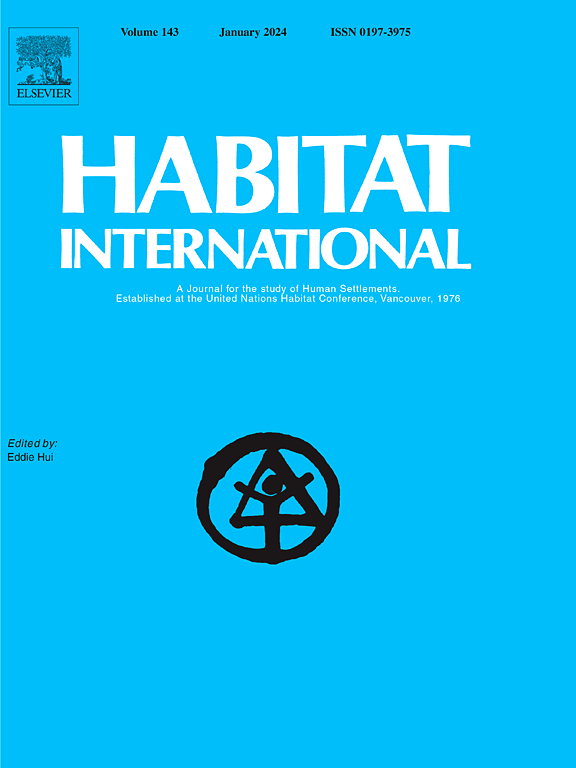How high-standard farmland construction can affect farmers' grain cultivation behavior: Evidence from rural China
IF 6.5
1区 经济学
Q1 DEVELOPMENT STUDIES
引用次数: 0
Abstract
To ensure national food security, China has implemented a high-standard farmland construction policy. However, it remains unclear whether the implementation of such farmland can facilitate adjustments in farmers' planting structures and enhance the propensity for grain cultivation. Utilizing survey data collected from 1125 farmers in Sichuan Province, China in 2024, this study employed the IV-Probit model to investigate the impact of high-standard farmland construction on farmers' grain cultivation behavior. The results revealed the following: (1) Approximately 11 % of farm households have engaged in high-standard farmland construction, with the constructed area averaging 9 % of their total cultivated land. (2) High-standard farmland construction significantly promotes farmers' grain cultivation behaviors through five distinct pathways: enhancing interconnected land transfers and high-standard farmland transfers, fostering the utilization of agricultural machinery and the adoption of production services, and reducing the incidence of farmland abandonment. (3) The effect of high-standard farmland construction on promoting grain cultivation behaviors is more pronounced in regions with abundant socialized service resources or relatively flat terrains. This study contributes to a deeper understanding of high-standard farmland construction and farmers' planting structure adjustment behaviors, thereby providing a reference for the formulation and improvement of relevant policies.
求助全文
约1分钟内获得全文
求助全文
来源期刊

Habitat International
Multiple-
CiteScore
10.50
自引率
10.30%
发文量
151
审稿时长
38 days
期刊介绍:
Habitat International is dedicated to the study of urban and rural human settlements: their planning, design, production and management. Its main focus is on urbanisation in its broadest sense in the developing world. However, increasingly the interrelationships and linkages between cities and towns in the developing and developed worlds are becoming apparent and solutions to the problems that result are urgently required. The economic, social, technological and political systems of the world are intertwined and changes in one region almost always affect other regions.
 求助内容:
求助内容: 应助结果提醒方式:
应助结果提醒方式:


